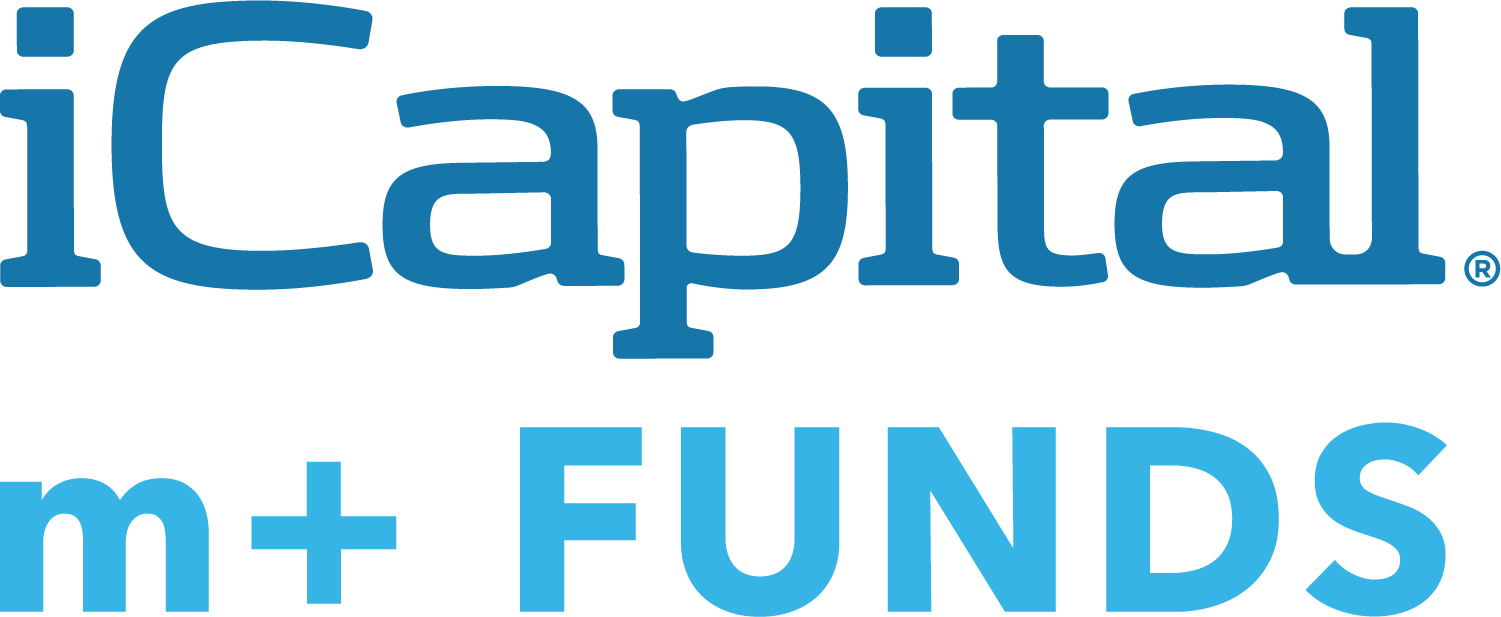An investment in units of m+ funds may not be appropriate for all investors. Units in any m+ fund are offered only by prospectus.
You should request a copy of the prospectus, which will contain a full description of the risks, and read it carefully before you invest. Capitalized terms that are not defined in this preliminary term sheet have the meaning ascribed to them in the prospectus.
The economic terms are indicative only and will vary based on the market conditions at the time of the initial deposit of such Series.
The structure of these securities may be complex and the suitability of an investment should be considered based on your investment objective, risk tolerance, financial goals and time horizons.
This UIT is a buy and hold strategy and investors should consider their ability to hold the trust until maturity, There may be tax consequences unless units are purchased in an IRA or other qualified plan.
The trust is designed to achieve its investment objective over the life of the trust. The trust’s investment objective has not been designed to deliver on its objective if the units are bought at prices different than the Inception Value of the units or are redeemed prior to the Maturity Date.
Security prices will fluctuate. The value of your investment may fall over time. Amounts available to distribute to unitholders upon dissolution of the trust will depend primarily on the performance of the trust’s investment and are not guaranteed. The value of the units will decrease over time by the trust annual fees and expenses.
Gain or loss on the units is subject to a capped return and no downside protection. If the value of the Reference Asset increases more than 17.88% over the Initial Reference Value, the return per unit will be capped at 17.88% and their performance will be less than the performance of the Reference Asset. For Reference Asset declines over the life of the trust, unitholders may experience significant losses. You may lose as much as 98% of your investment. Due to trust fees and expenses, at the Maturity Date the value of the units, and the effect of the Capped Return, will be reduced while the Maximum Loss will be increased.
The value of the Options does not increase or decrease at the same rate as the Reference Asset. The Options are all European style options, which means that they will be exercisable at the strike price only on the Options Expiration Date. The value of the Options prior to the Options Expiration Date may vary because of related factors other than the value of the Reference Asset. The trust may experience substantial exposure to losses from the Options.
Credit risk is the risk an issuer, guarantor or counterparty of a security in the trust is unable or unwilling to meet its obligation on the security. The OCC acts as guarantor and central counterparty with respect to the Options. As a result, the ability of the trust to meet its objective depends on the OCC being able to meet its obligations.
Unitholders will not have control, voting rights or rights to receive cash dividends or other distributions or other rights that holders of a direct investment in the Reference Asset or its constituents would have.
Liquidity risk is the risk that the value of an option will fall in value if trading in the option is limited or absent. No one can guarantee that a liquid secondary trading market will exist for the Options. The trust might not achieve its objective in certain circumstances. Certain circumstances under which the trust might not achieve its objective are if the trust liquidates Options prior to expiration, due to redemptions or otherwise, if the trust is unable to maintain the proportional relationship based on the number of option contracts of the Options in the trust’s portfolio, or because of trust expenses or due to adverse tax law changes affecting treatment of the Options.
We do not actively manage the portfolio. Except in limited circumstances, the trust will hold, and continue to buy, the same securities even if their market value declines.
Tax risk. The trust intends to elect and to qualify each year to be treated as a regulated investment company (“RIC”) under Subchapter M of the U.S. Internal Revenue Code of 1986, as amended (the “Code”). As a RIC, the trust will not be subject to U.S. federal income tax on the portion of its net investment income and net capital gain that it distributes to unit-holders, provided that it satisfies certain requirements of the Code. If the trust does not qualify as a RIC for any tax-able year and certain relief provisions are not available, the trust’s taxable income will be subject to tax at the trust level and to a further tax at the unit-holder level when such income is distributed.
NOT FDIC INSURED – NOT BANK GUARANTEED – MAY LOSE VALUE
